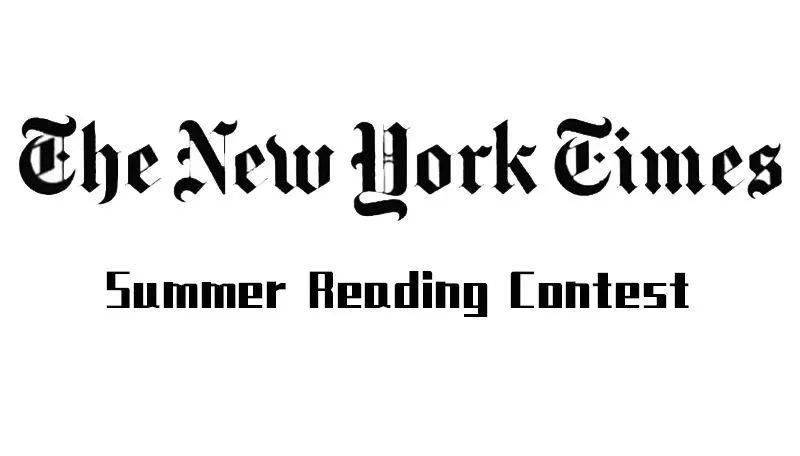《纽约时报》自2010年以来每年夏季推出一次阅读写作比赛,旨在激励世界各地的中学生深度思考自己在身边世界中的位置,提高他们通过写作表达自己想法的能力。纽约时报夏季读写竞赛与6月9日正式开启,这同样是一项纽约时报官方主办的年度活动,尤其是对低年级同学来说十分友好!
纽约时报希望通过这一系列的写作竞赛,鼓励中学生去了解、思考和洞察身处的世界,为他们未来的成长和学习提供帮助。
参赛时间:6月9日--8月30日共10轮比赛
竞赛规则
字数要求不超过1500字符;
学生需每周从当年对应时间段的纽约时报文章中挑选出自己感兴趣的内容;每周一次,每人每周仅可提交一份作品,参赛学生可连续10周每周投稿。
扫码免费领取往届优秀获奖作品
咨询参赛注意事项+预约试听体验课
预约最新真题讲座、课程详情可添加下方顾问老师咨询

参赛意义
优秀参赛作品会在《纽约时报》上发表,这是一个极为难得的机会,可以为学生赢得广泛的认可和赞誉。对于想要申请美国名校的学生来说,这也可以成为他们申请的加分项,提高他们的录取几率。
参加写作比赛可以帮助学生提高其议论文写作能力。议论文写作是美国高中核心课程标准的基本要求,而在美国高中课程中的分量逐年愈来愈重。通过参加写作竞赛并学习并分析范文的特点和评分标准,可以最快地提升写作技巧和能力,为学生在大学申请、工作和生活中写作提供有力支持。
参赛可以为学生积累文书素材。在美本申请中,学生最头疼的往往是大学申请的文书,例如个人陈述、推荐信和论文等。参加写作比赛可以为学生提供一次难得的机会,让他们积累文书素材,为以后的申请和工作做好充分准备。
参赛可以增强学生的写作信心和实践经验。写作是一个需要不断练习和提高的过程,通过参加比赛,学生可以更加深入地了解自己的写作水平和能力,并不断完善自己的写作技巧和风格。同时,比赛也可以为学生提供一个展示自己才华和能力的平台,增强他们的写作信心和实践经验。
参加《纽约时报》夏季读写竞赛是一个非常有价值的经历,可以为学生带来多重收获和机会。对于想要提高自己写作能力和申请美国名校的学生来说,这是一个不可错过的机会,值得认真对待和参加。


